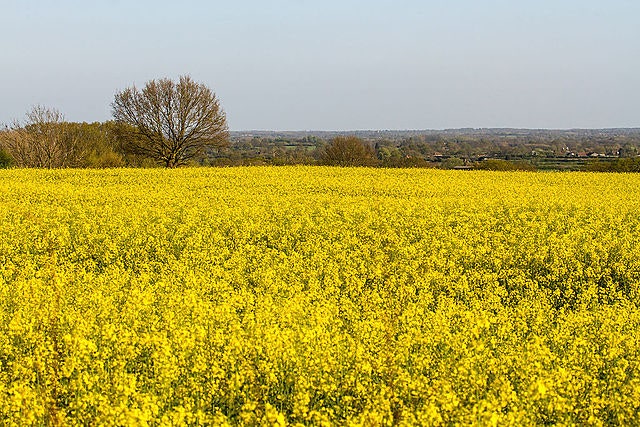Honey bees are not native to North America.
Honey bees will be fine. They are a globally distributed,
domesticated animal.
Apis mellifera will not go extinct, and the species is not remotely threatened with extinction.
The bees you should be concerned about are the 3,999
other bee species living in North America, most of which are solitary, stingless, ground-nesting bees you've never heard of. Incredible losses in native bee diversity are already happening.
50 percent of Midwestern native bee species disappeared from their historic ranges in the last 100 years. Four of our bumblebee species
declined 96 percent in the last 20 years, and three species are believed to already be
extinct. A little part of me despairs when I read in a scientific paper: "This species probably should be listed under the Endangered Species Act
if it still exists."
The Bee News You Are Missing
Last week, the big bee news was a suggestion
nicotine-derived pesticides can cause honey bee addiction. But you might have missed another important
paper that looked at the same group of pesticides on both honey bees and native bees. This massive study paired multiple plantings of seeds coated with a neonicotinoid pesticide with seed treated only with a fungicide. This was one of the largest tests to date of how pesticides and bees interact in a real-world situation, outside a laboratory.
Seeds of all sorts are commonly
treated with neonicotinoid pesticides as a preventative treatment. Neonicotinoid pesticides circulate in plant tissues, so any insect munching on the seedlings will be stopped. Unfortunately, the pesticide remains in the plants as they flower, and bees of all types may pick up the chemicals in pollen and nectar. The experimenters used a crop that is attractive to bees – oilseed rape, used to make canola oil – as their test plant.
A sea of yellow canola flowers.
MICHAEL PALMER
Honey bees weren't affected by the seed treatments. But wild bees were affected, and in a big way. Wild bee density in the treated fields was half that of the untreated fields. Bumble bee colonies grew more slowly, and produced fewer queens. Solitary bee nests disappeared from the treated fields completely.
https://www.wired.com/2015/04/youre-worrying-wrong-bees/If the honeybee dies out in North America, we will have less nuts, but still have food. If we let native pollinator die, we will die out to less then 10% of our present numbers. The real problem is that we are killing all our pollinators foreign & domestic.





